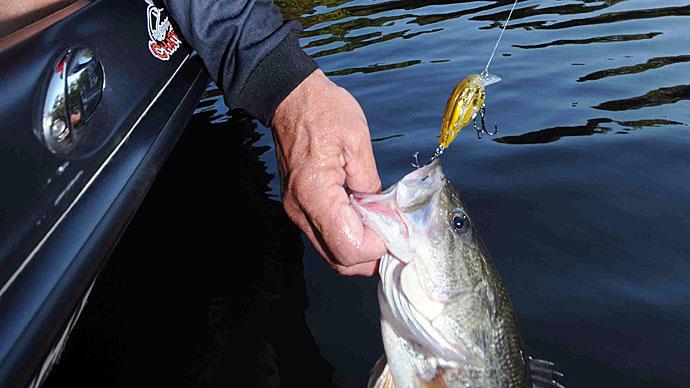
Great Lakes anglers, be aware. There's an interesting character making a water play. The spiny water (Bythotrephes cederstroemi) is a half inch long crustacean with a long barbed spined tail. Native to Europe, this creature was this creature was found in Lake Huron in 1984, probably stocked as a stowaway in ballast water of a big freighter.
Populations have grown quickly in the Great Lakes region, and several inland lakes.
While scientists are cautiously watching effects on ecosystems, there is concern spiny water fleas can become a dominate animal in an already delicate chain of environmental events.
Spiny water fleas compete directly with young yellow perch and daphnia and other zooplankton.

Reproducing heaviest in warm summer months fleas are causing an itch, literally. Great Lakes fishermen have noticed the creatures collecting on downriggers and fishing lines. Handling bunches of fleas irritate skin. Use gloves.
After reproduction, eggs can lie dormant all winter.
The biggest problem may lie in the fact spiny water fleas aren't heavily consumed by predators. They are too small to be big, and too big to be small. Small predator fish struggle to swallow the creature with a sword-like, barbed tail.
Pay attention to livewell and bilge water, and water from Great Lakes in bait buckets. You may unwittingly transplant spiny water fleas or their eggs.
You'll be scratching more than your head.
Photo credits: Single Bythotrephes specimen, U.S. Fish and Wildlife Service; Spiny Water Flea on downrigger cable; Jeff Gunderson, Minnesota Sea Grant.
References: A Field Guide to Aquatic Exotic Plants and Animals, University of Minnesota Sea Grant Program
Reprinted with permission from Pond Boss Magazine


